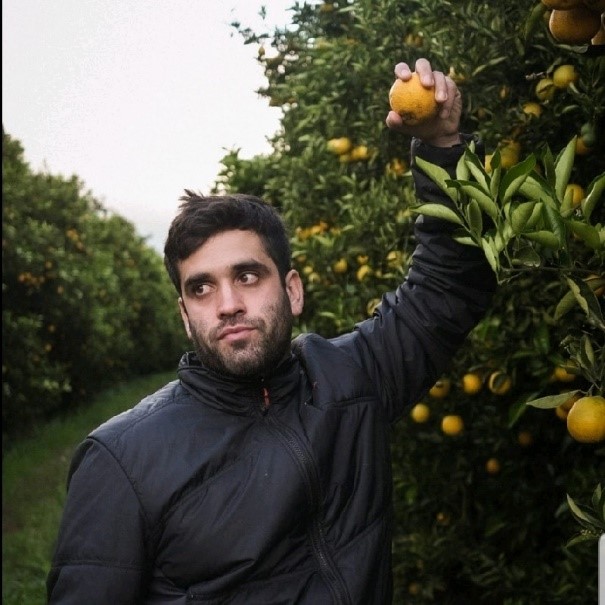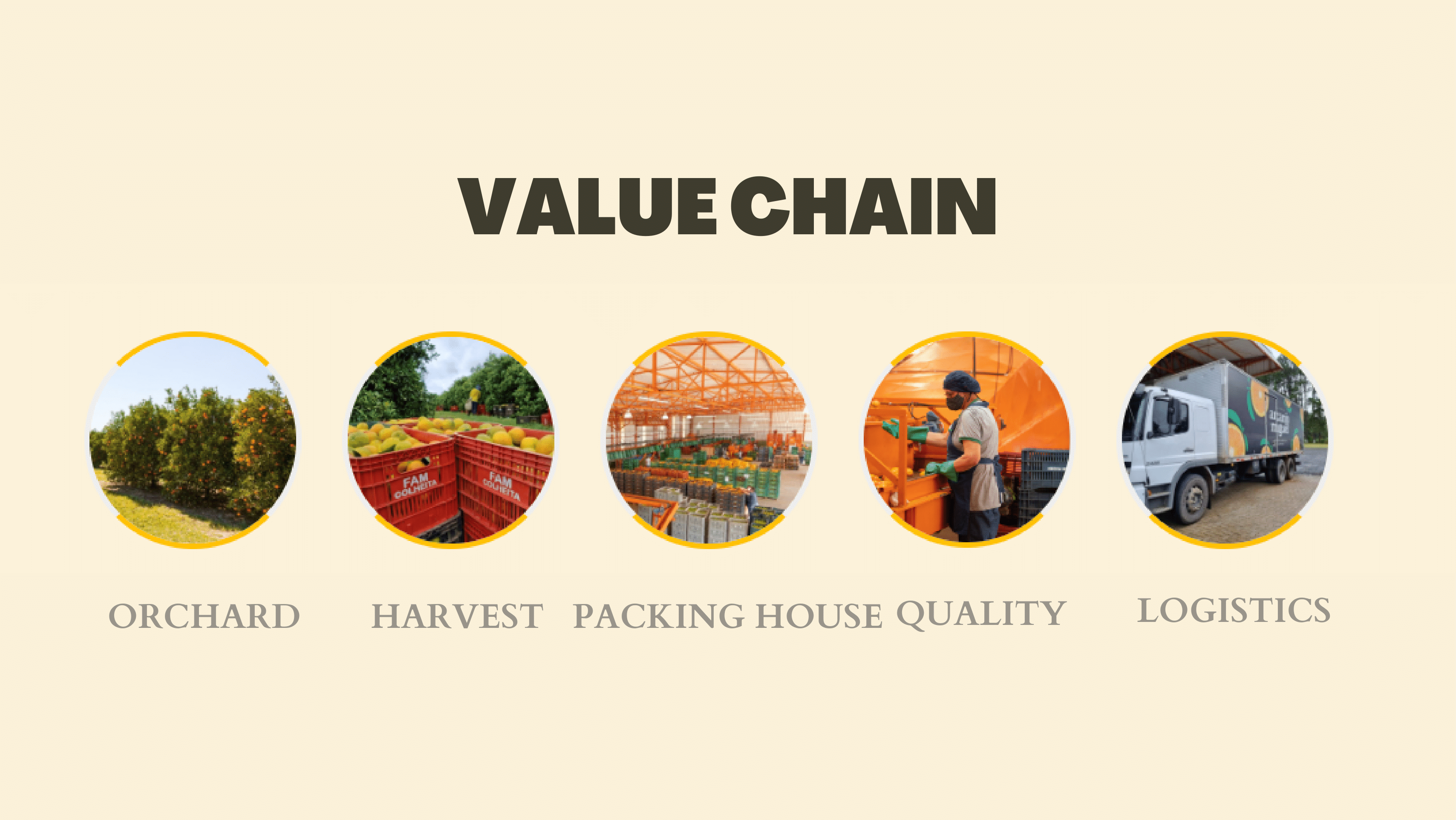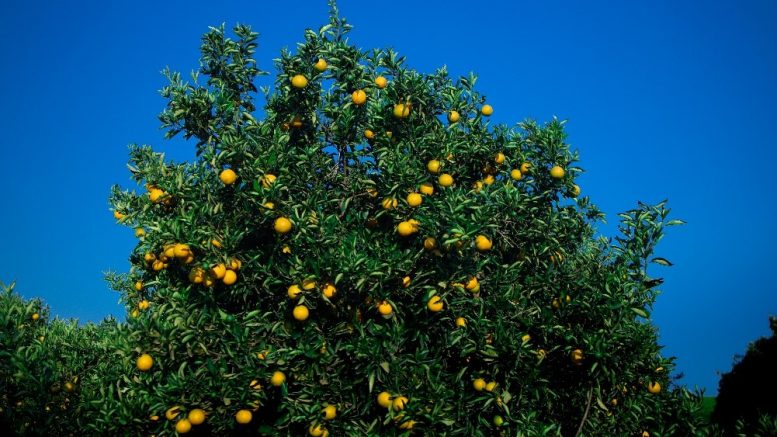“The initial investment is high, the seedlings must be certified, the crop treatments are meticulous, and the orchard ends up staying at least 3 years without seeing a single fruit on the tree.”

Lucas de Albuquerque Lourenço, manager of Fazenda Miguel Arcanjo
Lucas de Albuquerque Lourenço is a citrus grower and manager of Fazenda Arcanjo Miguel, a family business founded in 1993.
Fazenda Arcanjo Miguel is situated in the city of São Miguel Arcanjo, in the southwest of the State of São Paulo.
AgriBrasilis – How much is the production and what is the market of Arcanjo Miguel Farm’s production?
Lucas Lourenço – Arcanjo Miguel Farm has over 1,100 hectares in production, with an average of 1,000 boxes weight (40.8kg) per hectare. Our market is focused on table fruit, delivering our fruit to the largest supermarket chains in the States of São Paulo and Paraná.
AgriBrasilis – Since the beginning of the property, which technologies and processes stand out in order to increase productivity and production quality?
Lucas Lourenço – We are citrus pioneers in our region, having started cultivating in 1993. Since then we have been adapting to management and environmental changes. Today we have a highly qualified team, bringing the best treatments to our trees. From certified seedlings (which tend to have better productivity) and smart pruning, to our fertirrigation system, all in harmony with the environment.
AgriBrasilis – What are the differences in agricultural management between the distinct crops?
Lucas Lourenço – I usually say that we have our greatest good in the open air, always depending on the weather. Even though we are in the best citrus region in the country (southern São Paulo state), citriculture always has its challenges. There are pests that we have to fight, unregulated blooms, and increasingly expensive inputs. Citriculture as a whole has very similar treatments, whether oranges, lemons, or tangerines, and only minor adaptations are needed between cultures.
AgriBrasilis – How is greening control implemented? What other pests and diseases affect the property?
Lucas Lourenço – As I said before, the challenges of citriculture are huge. Greening has been haunting the citrus grower for a long time, and as many did not listen to the warnings, things got serious. Of course, spraying less frequently helps, but there is no other recipe than eradicating the affected trees. Today we have a pest inspection team, and part of it is dedicated to greening. You have to keep a close eye on your surroundings and on the psyllid traps scattered around the farm, always monitoring the possible entry of the disease in the property.
Other diseases that affect us in the region are the fruit fly and flower rot, the second due to the high humidity in our region.
AgriBrasilis – What are the benefits of verticalizing production up to transportation?
Lucas Lourenço – The market no longer accepts work that is not 100% verticalized. Either you solve the client’s needs, or you are out of the game. Today we have to understand the buyer’s moment, what margin must be worked with, and what actions we can do to keep it competitive with the clients. Therefore, there is no advantage, but a necessity.

AgriBrasilis – What are the investments and time required to produce high quality fruit?
Lucas Lourenço – Producing table citrus today in Brazil is not for everyone. Prices of markets that are increasingly squeezing our margin, demanding customers and people with an increasingly lower purchasing power. The initial investment is high, the seedlings must be certified, the crop treatments are meticulous, and the orchard ends up staying at least 3 years without seeing a single fruit on the tree. It is only after the fourth year that the return on investment begins to be harvested.
READ MORE:

